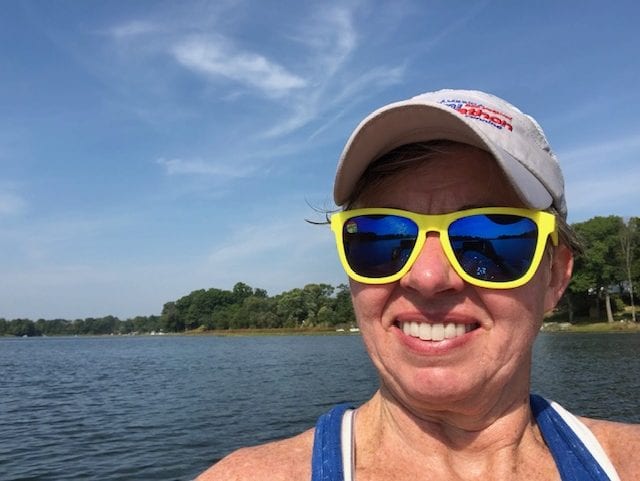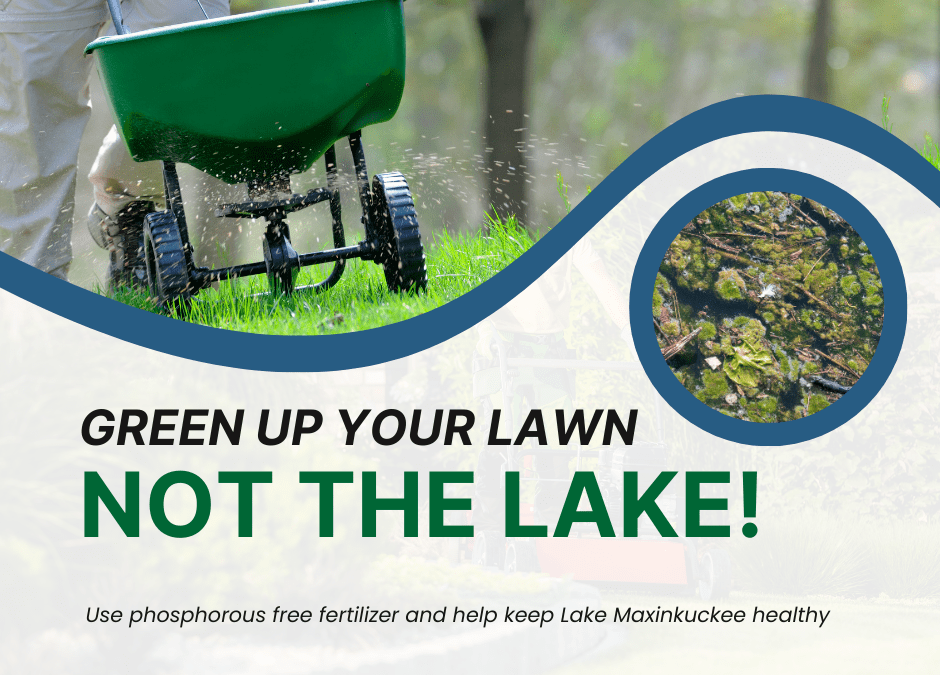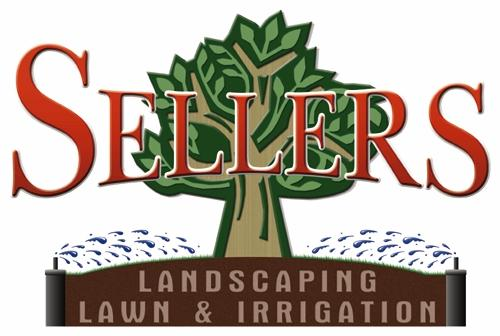In November of last year I wrote an article about Clear Choices Clean Water®, a program designed to increase awareness about the choices we make and the impacts they have on our streams, rivers, lakes, and reservoirs.
I ended the article by saying:
“LMEF will begin a no-phosphorous fertilizer campaign in 2024. Let’s see how many homeowners we can get to take the fertilizer pledge and see what a difference individuals, working collectively, can make.”
It’s Time to Make a Pledge!
The focal point of the program is a unique, interactive website that allows you to make a pledge to take an action for water quality. Pledges are then ‘put on the map’ via a push pin marker that helps the pledge taker visualize how their action pledge, alongside others, will protect water resources in their watershed.
New Lawns vs Mature Lawns
The top layer of soil, or topsoil, in our region is inherently rich in organic matter and nutrients. Unfortunately, the topsoil typically gets buried by less productive subsoil during construction projects, which makes establishing a new lawn more difficult. This subsoil is normally high in clay and easily compacts, which restricts rooting in new plantings, it typically lacks sufficient phosphorous, and often has a higher pH, with reduces the effectiveness of fertilizer.
Therefore, higher phosphorus fertilizers rates are justified and often used for new lawns.
In mature lawns, unless a soil test indicates that the turf needs supplemental phosphorus, which is rarely the case in our area, it is best to apply lawn maintenance fertilizers. These products contain low (such as < 3%) phosphate levels. Or better yet, 0% phosphate!
Repeated applications of general-purpose fertilizers on your lawn, like 12-12-12, might seem like a good idea but should actually be avoided. Excess phosphorus is being applied, which accumulates in the soil and runs off into the lake.
Fertilizer Labels
Fertilizer labels display three large numbers on the front of the bag, like 12 12-12, 18-0-12, or 27-3-10. These numbers are the guaranteed percentage by weight for three important macronutrients: nitrogen, phosphorus (expressed as phosphate), and potassium (expressed as potash). These numbers are typically referred to as the N-P-K content of the fertilizer.
Keep Your Lawn Green and the Lake Blue
Just like fertilizer makes your grass grow, when it runs off into the lake, it causes aquatic plants to grow as well.
“Several environmental studies have documented that excess phosphorus and nitrogen are partly responsible for declining surface water quality. These nutrients have been linked to eutrophication, a biological process in ponds, lakes, and streams where excessive seasonal algal growth occurs. These blooms can make the water smell and taste bad and decrease its recreational value. In severe cases, the algae deplete oxygen levels, which may kill fish.”
Purdue Extension: Facts about Phosphorous and Lawns
It’s Time to Make a Pledge!
If everyone pledges to use phosphorous free fertilizer and applies fertilizer correctly, we can create a buffer zone around the lake. FH Decks and Landscaping and Sellers Services have verified that they use phosphorous free fertilizer. If you use either of these lawncare companies, you can take the pledge.
If you apply your own fertilizer, use only fertilizer that has “0” as the middle number and take the pledge. Phosphorous free fertilizer is available at the Culver Ace Hardware.
In the words of Helen Keller:
“Alone we can do so little, together we can do so much.”

Hi, I’m Debbie Palmer. I received a BS in Horticulture from Purdue University. Here at LMEF, I am responsible for outreach presentations, monitoring the lake and it’s wetlands, project manager for restoration and research projects, and act as a community resource for all things related to the well-being of Lake Maxinkuckee and its surrounding watershed. I completed Indiana Watershed Leadership Academy, volunteer with the Indiana Clean Lakes Program, Hoosier River Watch and Marshall County Lakes and Waters and serve as a Board Member for Indiana Lakes Management Society.




Recent Comments